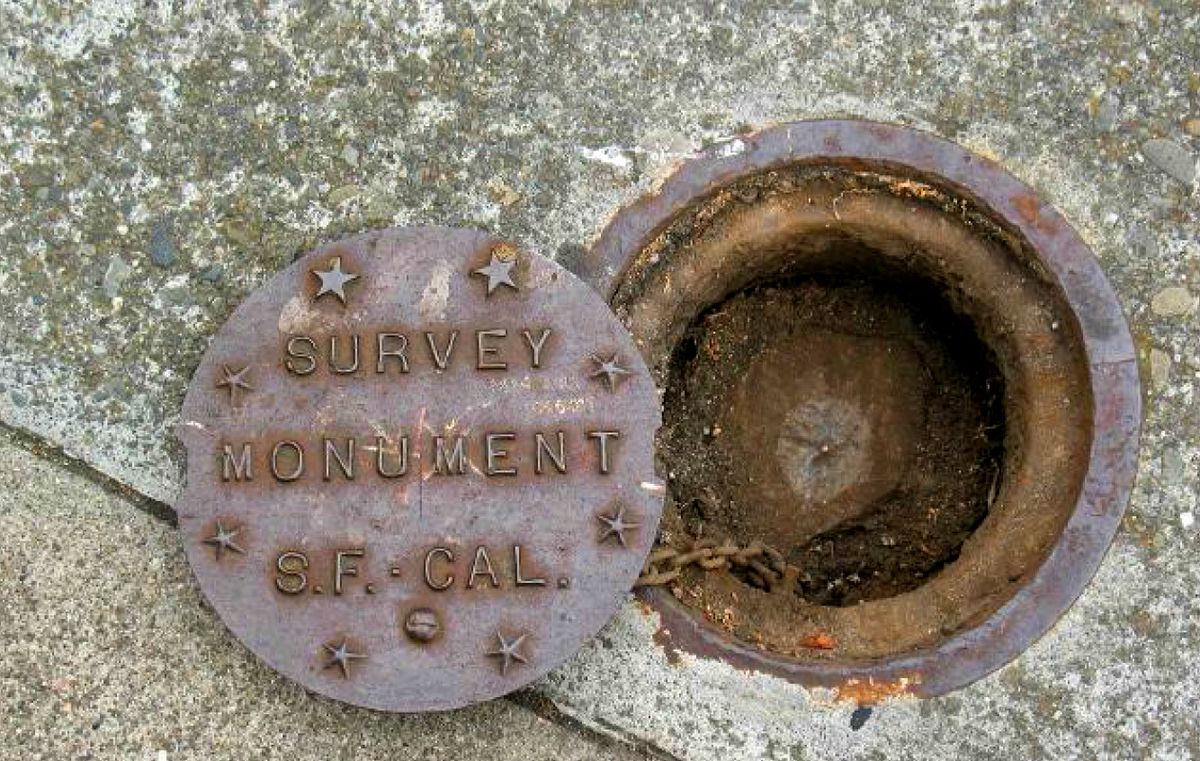
Monument preservation is a fascinating field that combines history, art, and science to protect our cultural heritage. Ever wondered how ancient structures like the Pyramids of Giza or the Colosseum in Rome have stood the test of time? Preservation experts use a mix of traditional techniques and modern technology to maintain these iconic landmarks. From understanding the materials used in construction to combating environmental damage, the work is both challenging and rewarding. This blog post will dive into 23 intriguing facts about monument preservation, shedding light on the meticulous efforts that go into safeguarding these treasures for future generations. Ready to learn more? Let's get started!
Key Takeaways:
- Preserving historical monuments ensures that future generations can learn from and enjoy these cultural treasures. It also boosts tourism and helps communities maintain their identity and sense of continuity.
- Using advanced technology and community involvement, we can protect and restore historical monuments, ensuring their longevity and cultural significance for generations to come.
What is Monument Preservation?
Monument preservation involves protecting and maintaining historical structures for future generations. This practice ensures that cultural heritage remains intact and accessible.
- Monument preservation helps maintain the historical and cultural significance of structures.
- It involves various techniques like restoration, conservation, and reconstruction.
- Preservation efforts can be costly but are crucial for maintaining historical integrity.
Why is Monument Preservation Important?
Preserving monuments is essential for educational purposes, cultural identity, and tourism. It helps people connect with their past and understand historical contexts.
- Educational value: Monuments serve as tangible history lessons.
- Cultural identity: They help communities maintain a sense of identity and continuity.
- Tourism: Well-preserved monuments attract tourists, boosting local economies.
Techniques Used in Monument Preservation
Different techniques are employed to ensure the longevity and authenticity of historical structures. These methods vary based on the monument's condition and historical value.
- Restoration: Returning a monument to its original state.
- Conservation: Preventing further decay without altering the original structure.
- Reconstruction: Rebuilding parts of a monument that have been lost or destroyed.
Challenges in Monument Preservation
Preserving monuments is not without its challenges. Factors like environmental conditions, funding, and modern development can pose significant obstacles.
- Environmental factors: Weather, pollution, and natural disasters can damage monuments.
- Funding: Preservation projects often require substantial financial resources.
- Modern development: Urbanization and infrastructure projects can threaten historical sites.
Famous Monument Preservation Projects
Several well-known monuments have undergone extensive preservation efforts to maintain their historical significance.
- The Colosseum: Restoration efforts have been ongoing since the 19th century.
- The Great Wall of China: Continuous preservation work helps maintain this ancient structure.
- The Taj Mahal: Regular cleaning and restoration keep this iconic monument pristine.
The Role of Technology in Monument Preservation
Modern technology plays a crucial role in preserving historical structures. Advanced tools and techniques help experts maintain and restore monuments more effectively.
- 3D scanning: Creates detailed models for analysis and restoration planning.
- Drones: Used for aerial surveys and inspections.
- Laser cleaning: Removes dirt and pollutants without damaging the original material.
Community Involvement in Monument Preservation
Local communities often play a vital role in preserving historical monuments. Their involvement can range from advocacy to hands-on restoration work.
- Advocacy: Community groups can raise awareness and funds for preservation projects.
- Volunteering: Local residents can participate in hands-on restoration efforts.
- Education: Community programs can educate the public about the importance of preservation.
Legal Framework for Monument Preservation
Laws and regulations help protect historical monuments from damage and neglect. These legal frameworks vary by country but share common goals.
- Heritage laws: Protect monuments from unauthorized alterations and destruction.
- International agreements: Treaties like UNESCO's World Heritage Convention promote global preservation efforts.
The Importance of Monument Preservation
Monument preservation isn't just about keeping old structures standing. It's about protecting history, culture, and identity. These landmarks tell stories of our past, offering lessons and insights for future generations. Without preservation efforts, many of these stories could be lost forever.
Preserving monuments also boosts tourism, providing economic benefits to local communities. Tourists flock to see these historical sites, bringing revenue and creating jobs. Moreover, maintaining these structures ensures that their architectural beauty and craftsmanship continue to inspire and educate.
Efforts to preserve monuments require collaboration between governments, organizations, and individuals. Everyone plays a role in safeguarding these treasures. By supporting preservation initiatives, we help maintain the rich tapestry of human history. So next time you visit a monument, remember the importance of its preservation and the stories it holds.
Frequently Asked Questions
Was this page helpful?
Our commitment to delivering trustworthy and engaging content is at the heart of what we do. Each fact on our site is contributed by real users like you, bringing a wealth of diverse insights and information. To ensure the highest standards of accuracy and reliability, our dedicated editors meticulously review each submission. This process guarantees that the facts we share are not only fascinating but also credible. Trust in our commitment to quality and authenticity as you explore and learn with us.
